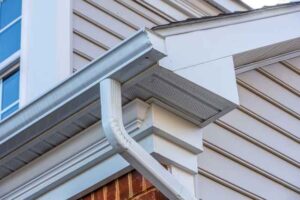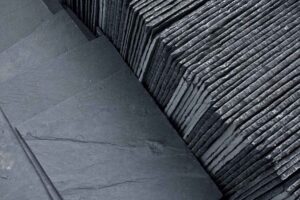
Though most roofing materials can last for decades, your roof’s longevity mainly depends on how well you look after it. If you neglect your roof’s maintenance, you might deal with serious consequences, like severe damage. A roof that does not last as expected does not offer value for money, as you get fewer years of protection out of it.
So, to ensure that your roof serves you for a long time, regularly check for damage and do the necessary roof repairs before the issues become serious problems. Below are some roof damage signs you should never ignore.
Leaking Roof
Any form of a leak is a sign that your roof has a problem. Signs of leaks include ceiling stains and discoloration on walls. If you ignore roof leaks, the damage usually worsens, allowing more water inside your house. The increased moisture on your ceiling and walls also provides a perfect environment for the growth of mold and mildew.
Also, if you have electrical wiring in your ceiling or attic, water leaking from the roof can short wires, increasing fire risks.
Missing or Damaged Shingles
Shingles play a crucial role in keeping rainwater and moisture outside your home. However, your shingles can wear out over time due to the harsh outdoor elements. Signs of shingles damage include cracks and missing granules.
Shingles can also fall off due to old age, hail, or high winds. Several missing shingles are easy to replace, but if you ignore the gaps on your roof, the damage can spread to nearby shingles, requiring more money to fix.
Sagging Roof
The major causes of sagging roofs are excess weight, water damage, poor installation, and age. Though sagging due to aging is not repairable, some reasons for sagging, like loose rafters, are fixable.
However, since sagging roofs have flawed structural integrity, repair or replacement delays often mean an impending roof collapse. Other problems due to sagging roofs include damaged ceilings, water leaks, and structural damage.
Peeling Paint
In addition to aesthetics, paint protects against harsh elements like moisture, UV light, and acidic rain. So, if your roof’s paint starts to peel off, the roof can deteriorate due to damage by the elements.
Therefore, look for a roofing expert to check for underlying damages and repaint your roof if the paint is peeling off.
Sagging or Damaged Gutters
Gutters are crucial in roofing because they help divert rainwater further from your house. However, due to dirt and debris buildup over time, gutters can clog or sag, causing rainwater to overflow.
The overflowing rainwater may damage your home’s walls and foundation, leading to expensive repairs.
Missing or Damaged Flashing
The flashing on your roof helps prevent water leaks on areas where shingles meet vertical surfaces like walls, vents, and chimneys. Since a faulty roof flashing allows moisture to penetrate, repair any damaged flashing before it causes more problems.
Curling or Buckling Seams
Curling seams could result from wear and tear, improper installation, or moisture absorbed by your roof’s underlayment. Without repair, buckling and curling can cause further damage to the roof, increasing the risk of leaks.
Proper maintenance plays a huge role in the durability of a roof. So, if you want your roof to serve you for a long time, contact an experienced roofing contractor whenever you notice any signs of roof damage. You’ll only face worse roof problems in the future if you ignore signs of roof damage.
At Fitz Roofing, we are committed to providing the best customer service to our clients and using quality products in all our roofing projects. Contact us today for a free estimate.




